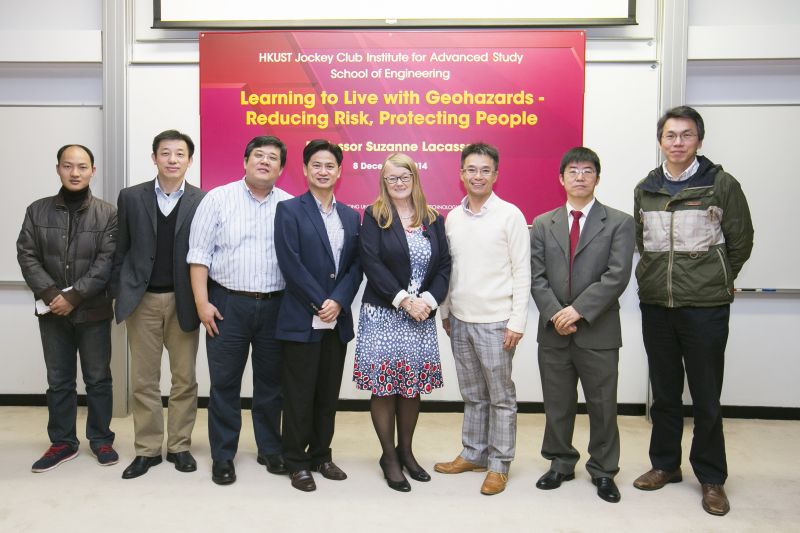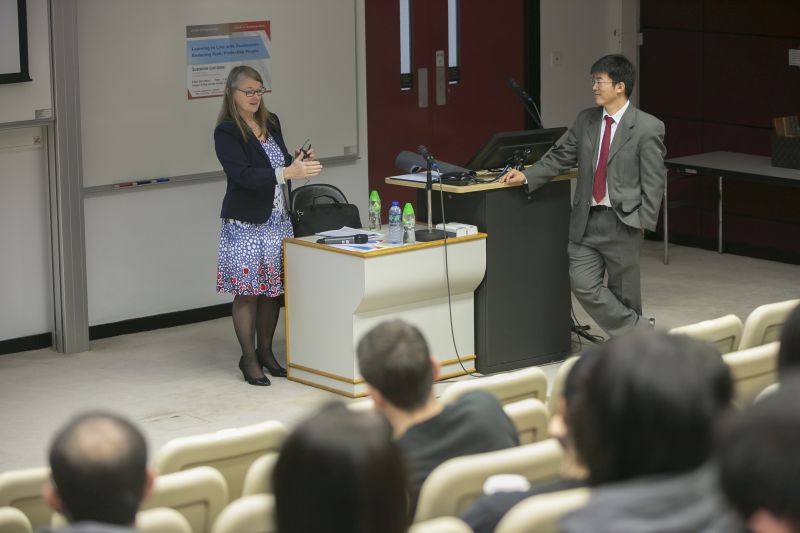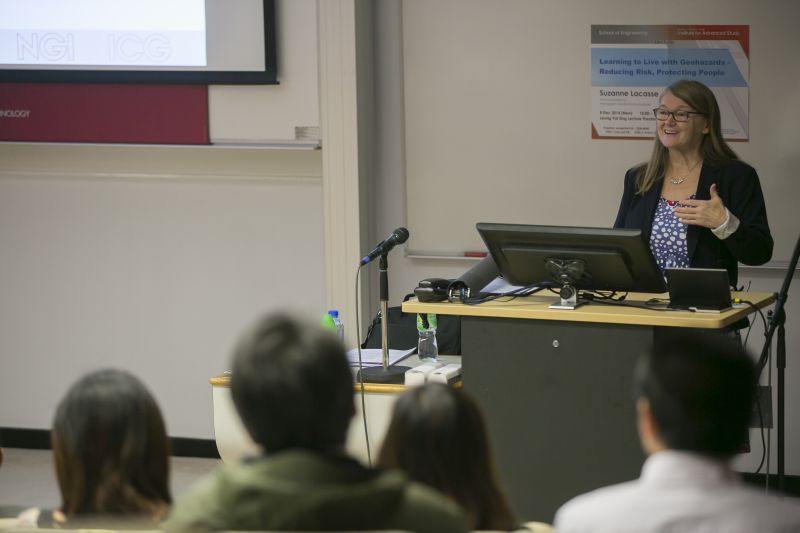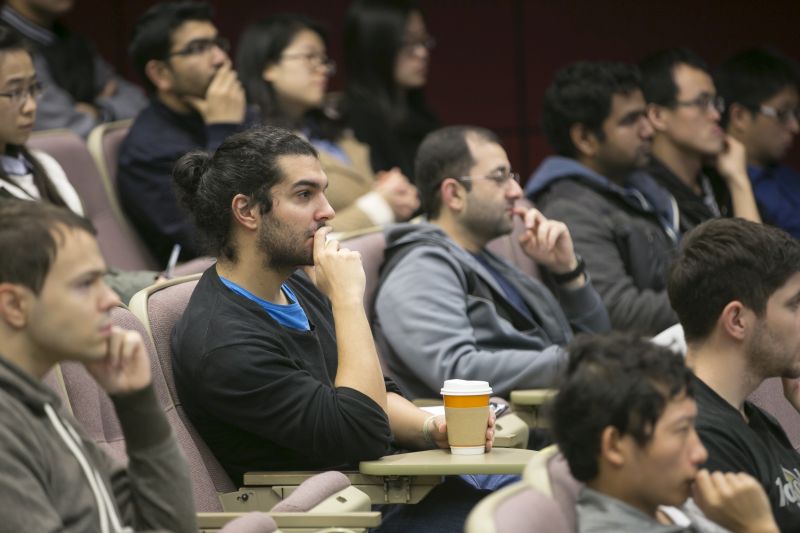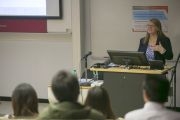Learning to Live with Geohazards – Reducing Risk, Protecting People
Abstract
Landslides represent a major threat to human life, property and constructed facilities, infrastructure and the environment. Statistics from the Centre for Research on the Epidemiology of Disasters (CRED) show that landslides are responsible for at least 17% of all fatalities from natural hazards worldwide. The socio-economic impact of landslides is underestimated because landslides are usually not separated from other natural hazard triggers, such as extreme precipitation, earthquakes or floods. Many lives could have been saved if more had been known about the risks and risk mitigation measures had been implemented. Reducing the impact of landslide with mitigation measures and improved communication is both an economical and social necessity.
The post-disaster effects can be especially severe in a vast, densely-populated area where sewer systems fail and disease spreads. Slums spring up in disaster-prone areas such as steep slopes, which are prone to landslides or particularly severe damage in an earthquake. Many of the world's fastest growing cities are located on coastal land or rivers where climate variability and extreme weather events, from cyclones to heat waves to droughts, pose increasing risks of disaster. Well-documented studies show that developing countries are more severely affected by natural disasters than developed countries, especially in terms of lives lost.
The lecture goes through the steps of risk assessment and management with applications to geological hazard and risk. The methodology is exemplified the risk associated with landslides. In particular, the lecture looks into landslide triggering processes and run-out distance, prediction of threshold rainfall events triggering precipitation-induced landslides and changes in landslide frequency as a function of the changes in the demography and population density, guidelines for the evaluation of susceptibility and societal vulnerability to landslides, guidelines for the use of remote sensing techniques, monitoring and early warning systems, landslide risk reduction measures, and implementation of stakeholder participatory processes to involve the exposed population in the decision-making process for choosing the most appropriate risk mitigation measure(s). The communication and translation of technical information into something the broader community can really understand is an area with urgent development needs.
About the speaker
Prof. Suzanne Lacasse received her PhD from Ecole Polytechnique of Montréal in 1976. She was faculty of Civil Engineering at the Massachusetts Institute of Technology from 1975 to 1983, where she also was Head of the Geotechnical Laboratory. She joined the Norwegian Geotechnical Institute (NGI) as a postdoctoral fellow in 1978, and had been the Managing Director from 1991 to 2011. She is currently Technical Director at NGI.
During the early part of her professional career, Prof. Lacasse concentrated her work in the field of geotechnical laboratory techniques, soil behaviour studies and in-situ investigation methods. Subsequently, she worked in the area of foundation engineering and design, both for structures on land and offshore, projects involving slope stability evaluation and improvement, and development of calculation procedures. In her work, Prof Lacasse concentrated on combining mathematical and numerical analyses with practical geotechnical engineering design considerations. She was a key member of the NGI-team developing practical design analysis procedures for offshore platforms subjected to storm loading. The procedures have become widely recognized and accepted. Since 1985, she developed and applied probabilistic and reliability analyses to assist in the foundation design and decision process and is well known for these contributions. She has carried out hazard and risk analyses for many of the geo-engineering structures, including dams and offshore structures.
Prof. Lacasse received numerous awards including the Robert Legget Award from the Canadian Geotechnical Society and the K.Y. Lo Medal from the Engineering Institute of Canada for excellence in engineering. She is a Member / Foreign Member of the US National Academy of Engineering, the Canadian Academy of Engineering, the French Academy of Sciences, and the Royal Norwegian Society of Sciences and Letters. She is also Fellow of the Royal Society of Canada, the Engineering Institute of Canada and the American Society of Civil Engineers. She is also a Knight of the First Class in the Order of the Falcon of Iceland.

